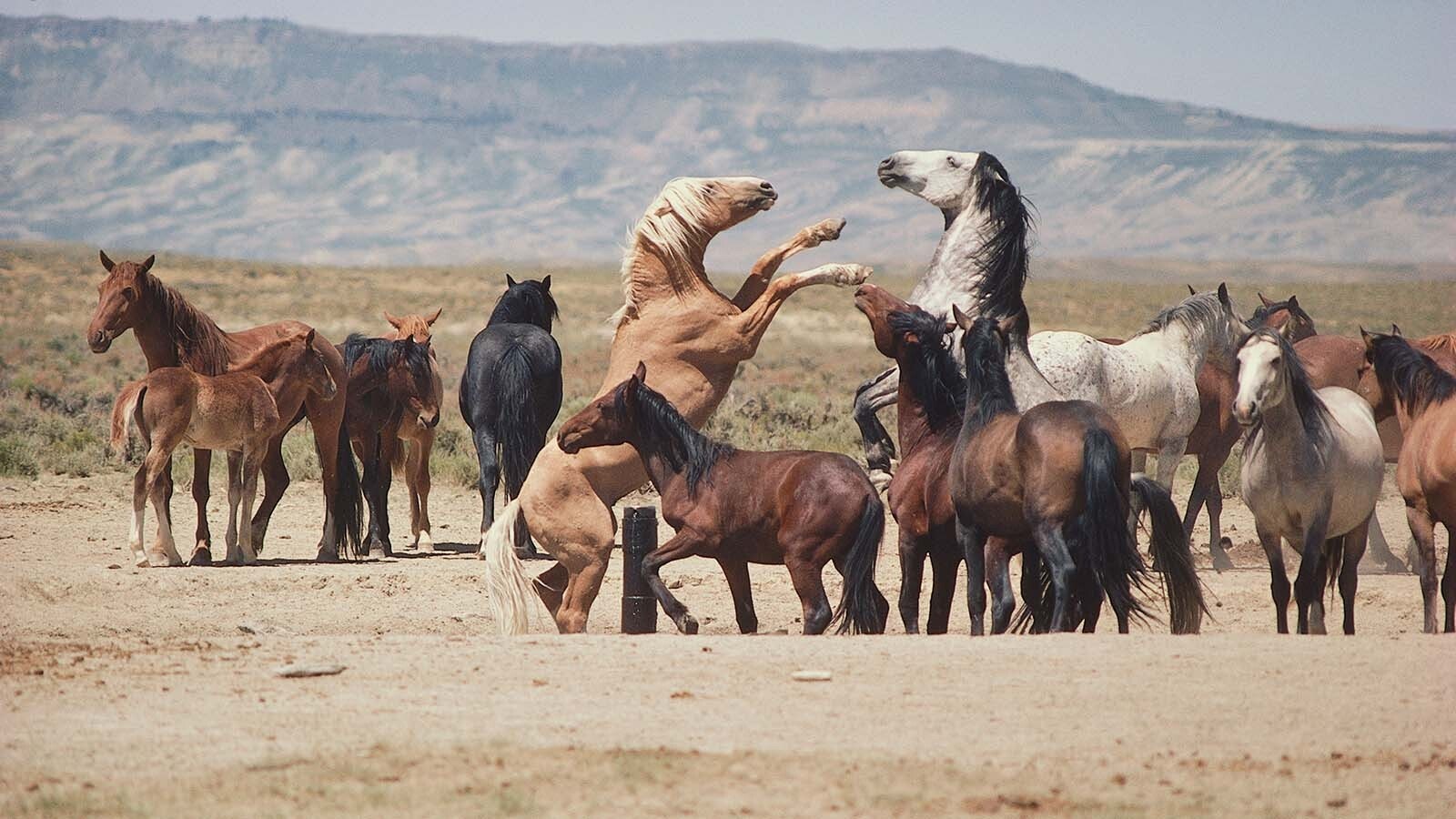After multiple bear encounters with humans recently, one of Yellowstone’s leading bear biologists posted a video this week to educate visitors on what to do if or when they encounter a bear.
Specifically, park officials were referring to the video of a woman caught filming some playing bears when one of them charged her for being too close. Another video showed a bear charging a park ranger. Then, a solo hiker was injured by a bear in late May.
Kerry Gunther, senior bear biologist, explained why the bear charged the park ranger.
“What was going on was there’s a female bear in estrus (heat) and [she] was somewhat used to running into lots of people when she grazes and forages in the roadside meadows,” he said. “But a backcountry male came down and he was a lot less comfortable with people. So he was charging at the crowd to get them away from the female bear.”
When a ranger arrived and managed to move the female out of range from the crowds, the male was hesitant to follow because he was being blocked by cars on the road, Gunther said.
“So the male was getting more and more agitated because he couldn’t follow the female because the traffic was blocking his path,” he said. “The bear technician there was trying to get traffic stopped, but people weren’t listening.”
The male grizzly was discouraged from charging when the ranger used “hazing rounds,” non-lethal projectiles such as beanbags and firecrackers, to drive it away.
Gunther noted that in the case of the woman filming, the female bear, accompanied by two cubs, had given plenty of warning to her and other visitors taking pictures and video of the bears to back away, but she continued filming. She was less than 30 yards from when the bear began its “bluff charge,” the biologist said.
“When a bear’s telling you that you’re too close, you know, anytime a bear slaps the ground, pops its jaws, lips out, those are all warnings that you’re too close, back off,” he said.
While bears might seem unpredictable, Gunther noted that they’re actually not quite so wild that he and other scientists can’t figure out why they charge or feel threatened.
According to the National Park Service, a bluff charge is the more common type of charge and is meant to scare or intimidate. If a bluff charge is about to happen, a person is supposed to slowly back away from the bear while waving their arms above their head and speaking to the bear in a calm voice.
People should not run when a bear bluff charges, because it may trigger the animal to attack.
More importantly, people should not approach a bear at all, Gunther said.
“Never approach a bear within 100 yards because you’re just asking for trouble,” he said. “Bears, they’re large, they’re fast. They’re certainly capable of maiming or killing you.”
Gunther did not address the hiker who was injured, but at the time, park officials reminded visitors to never hike alone and always carry bear spray.
The unidentified 39-year-old man was attacked while hiking alone on the Beaver Ponds Trail at Mammoth Hot Springs. The incident occurred around 1.5 miles from the trailhead that originates from the Old Gardiner Road.
The man told park officials he was hiking when he encountered what he believed to be two grizzly bears. One attacked him and he sustained significant injuries to his lower extremities, but was able to hike out on his own.
The hiker was transported to the Livingston, Montana, Hospital by park ambulance.
The last bear-human conflict in the park occurred in June 2020, when a grizzly knocked a woman to the ground and scratched her thigh.
The woman was hiking alone when she encountered two grizzlies at close range. The female bear knocked her down despite the woman’s attempt to use bear spray.
When the woman fell, she also received minor injuries to her face. She declined medical attention.





